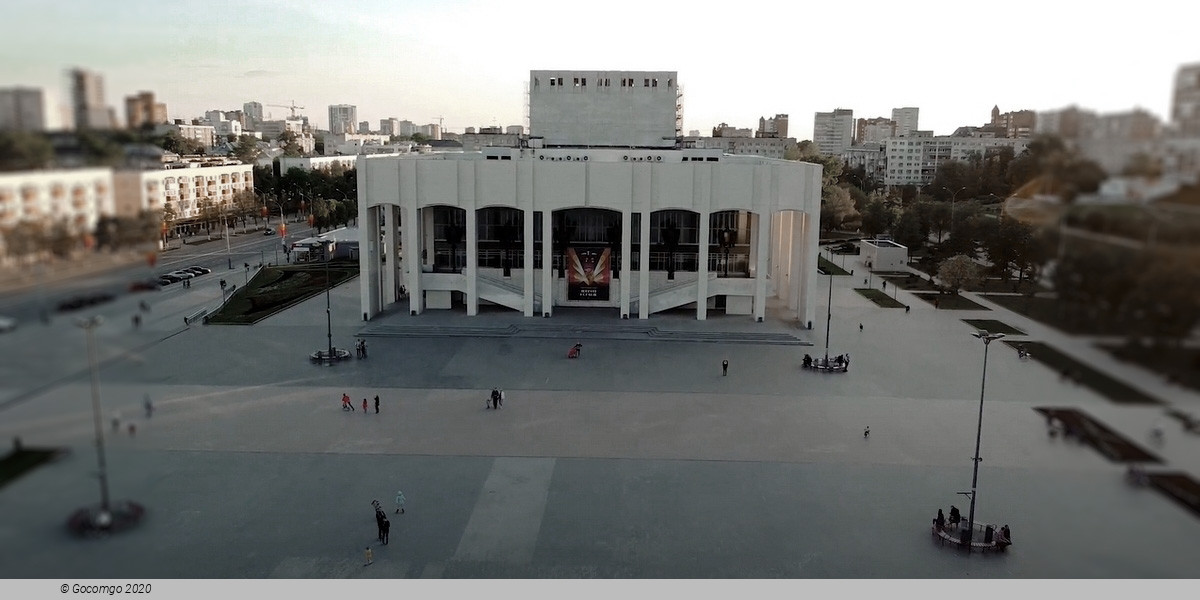Perm

Perm, previously known as Yagoshikha (1723–1781), and Molotov (1940–1957), is the largest city and the administrative center of Perm Krai, Russia. The city is located on the banks of the Kama River, near the Ural Mountains, covering an area of 799.68 square kilometers, with a population of over 1 million residents. Perm is the fourteenth largest city in Russia and the fifth-largest city in the Volga Federal District.
History
Perm is located in the old Perman area, which was originally inhabited by Finno-Ugric peoples. Perm was first mentioned as the village of Yagoshikha in 1647; however, the history of the modern city of Perm starts with the development of the Ural region by Tsar Peter the Great. Vasily Tatishchev, appointed by the Tsar as a chief manager of Ural factories, founded Perm together with another major center of the Ural region, Yekaterinburg.
In the 19th century, Perm became a major trade and industrial center with a population of more than 20,000 people in the 1860s, with metallurgy, paper, and steamboat producing factories, including one owned by a British entrepreneur. In 1870, an opera theatre was opened in the city, and in 1871 the first phosphoric factory in Russia was built. In 1916, Perm State University—a major educational institution in modern Russia—was opened.
After the outbreak of the Russian Civil War, Perm became a prime target for both sides because of its military munitions factories. On December 25, 1918, the Siberian White Army under Anatoly Pepelyayev (who acknowledged the authority of the Omsk Government of Aleksandr Kolchak), took Perm. On July 1, 1919, the city was retaken by the Red Army. Soviet period
In the 1930s, Perm grew as a major industrial city with aviation, shipbuilding, and chemical factories built during that period. During the Great Patriotic War (World War II), Perm was a vital center of artillery production in the Soviet Union. During the Cold War, Perm became a closed city.
Modern city
The city is a major administrative, industrial, scientific, and cultural center. The leading industries include machinery, defense, oil production (about 3% of Russian output), oil refining, chemical and petrochemical, timber and wood processing, and the food industry.

